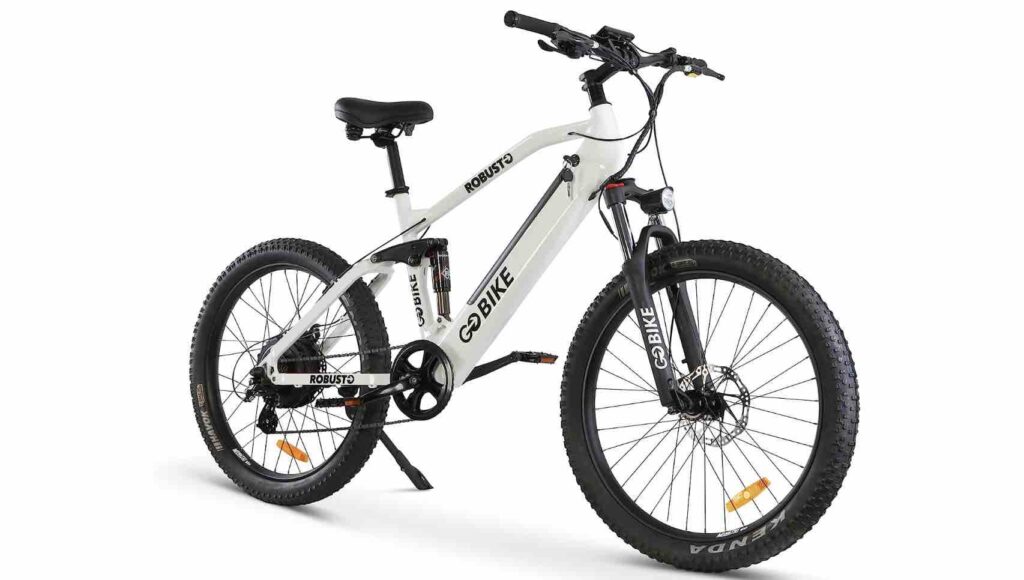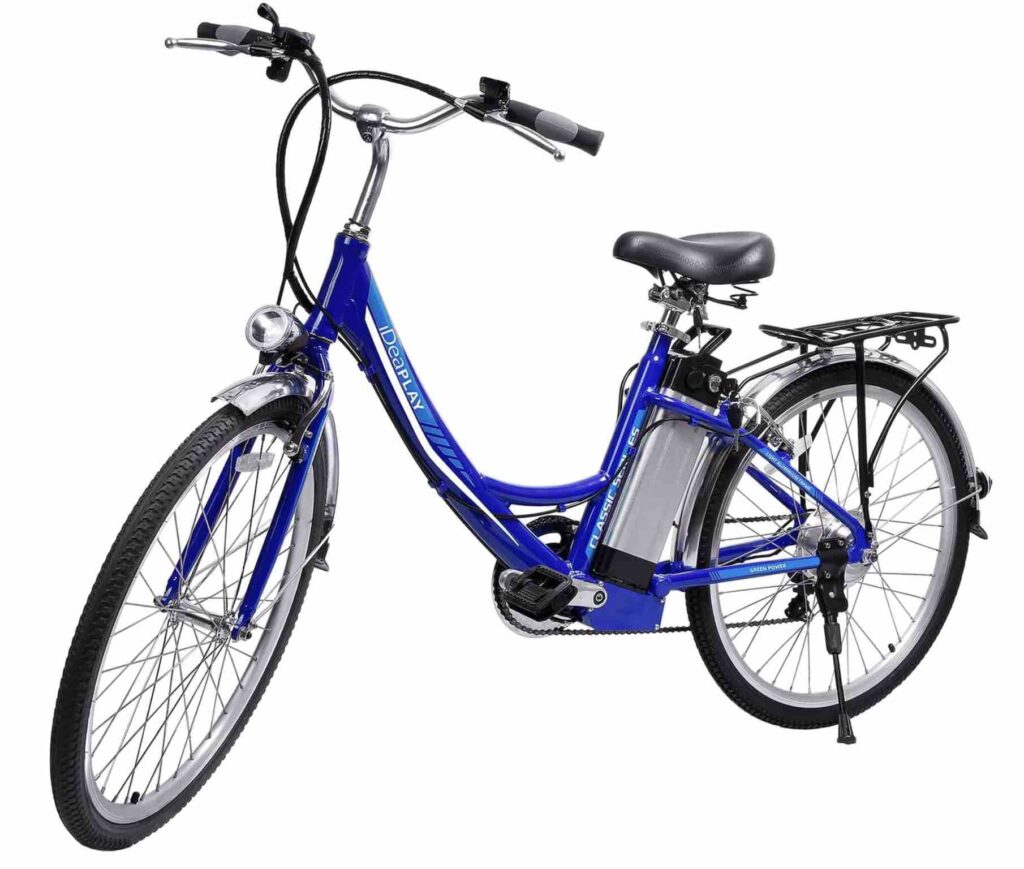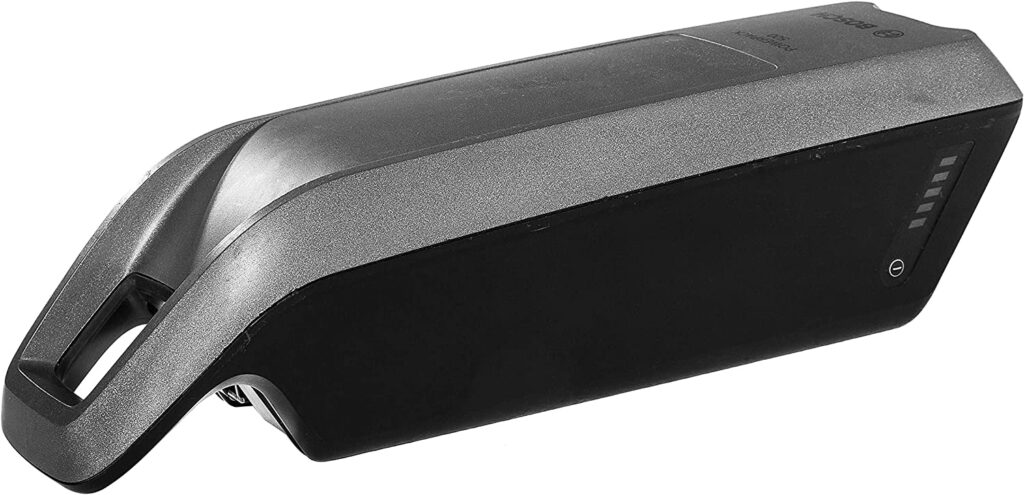Last updated on March 14th, 2023 at 04:42 pm
Have you recently lost your bike keys? This is a common occurrence among bike riders. Learning how to bypass your motorcycle ignition switch will help you out a great deal. While hotwiring isn’t legal, it’s a very handy method to get out of sticky situations.
While this method might not work on all bikes (Especially newer bike models), it can be easily learned and executed by anyone depending on the complexity of the bike. Continue reading to find out all you need to know on how to wire motorcycle ignition and how to bypass motorcycle ignition switch.
Is It Possible To Hotwire A Motorcycle?
Yes, it is possible to hotwire your motorcycle if you know how to do it. Starting your bike without a key is possible as long as you have a good knowledge of electrical systems. However, it still depends on how old the bike model is.
Due to how modern bikes are built, most cannot be turned on by hotwiring. Trying to hotwire a new model motorcycle will be much more difficult than older versions that are easier to understand.
This increased difficulty in hotwiring modern bikes because of its built-in safety mechanism to prevent motorcycles from being stolen easily. Related Articles: When Are Ignition Modules More Prone To Fail
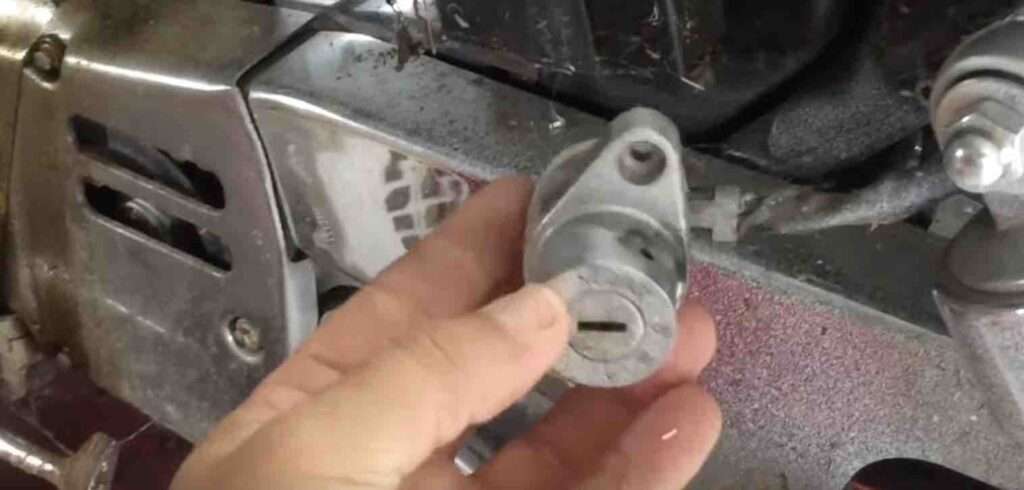
How to Bypass Motorcycle Ignition Switch?
How do you wire start a motorcycle? Follow the method below to learn how to hotwire a motorcycle quickly.
Step 1:
It would help if you got your tools ready to learn how to hotwire a motorcycle without a key. You will need tools like a flathead screwdriver, a short wire, and some tape to keep things neat when you are done.
Step 2:
The next step is identifying the important wires you need to hotwire your motorcycle. To hotwire your bike, you must pay attention to the battery and ignition wires. While different bikes have different colors of wires, battery colors are usually yellow or black.
Step 3:
The last step is to get the selected wires ready. The best way to find the right wire is to check online alongside the model of your bike. When you find the right wire, it would be best if you connect the ignition to the battery wires. When these two wires are connected, your bike should come on.
how to hotwire a motorcycle step by step
how to hotwire a motorcycle without a key
1. Get or Buy a Speaker Wire if don’t have one
First, get a speaker wire. This wire is usually copper and has two clips at each end. They are about 0.5mm thick.
You must ensure that the wire you get is sufficiently thin for hotwiring. Otherwise, connecting the cables with those in the motorcycle’s ignition system will be difficult.
You will also need to remove the plastic wrapping from both ends of your wire to expose the copper coils.
2. Take the cover off the ignition system.
Once you have grabbed the wire, remove all coverings from your ignition system. This will allow you to access the socket/cap beneath.
Speaker is usually covered, so remove it before you start hotwiring.
After removing the ignition cover, you must locate the ignition wiring system. Check the manual if you still have trouble finding the ignition wiring system. If you still have trouble finding it, you can search online with your bike model to find videos covering the ignition wiring system.
Once you have located your ignition system, look for the socket/cap.
3. Look out for the Cap/Wiring Socket
You will find the ignition wiring under a cap. To get to it, pull it off.
You will need to remove four screws from the bike. These wires are connected to the motorbike’s engine and other parts by looking closely at them. Tri-colored wires are bundled in a wiring sleeve. It would help if you located the socket or plastic wiring cap where the tri-colored wires end by looking through the wiring sleeve. You might have other wires that are plugged into your wiring cap.
Check for a socket or plug in your engine. Wires are connected from one end; the only way to connect them is by turning the key. You can continue digging until you find a socket with at least two to three empty spaces.
4. Remove the Cap/Wiring Socket
Once you’ve located the wiring socket, it is time to remove it from the ignition system.
You can do it in two ways: one by using a screwdriver, the other by using your hands.
Use a screwdriver to insert the tool into the slots on the socket’s sides. Then, turn the wrench in an anticlockwise direction. When done correctly, the screws should come loose, and you’ll be able to locate the ignition wires.
You can either use your hands to pry the socket out with your fingers or a flat-head screwdriver. It will be easy.
5. Insert the Speaker Wire in the Cap/Socket
Now that you have the cap in your hands, it is time to insert the speaker wire inside. We need to hotwire our motorcycle. The cables that are connected to the handlebars have no importance.
Like all wires, the wire has two ends. However, for this method, you can use both ends.
Because we only need one end, we will connect this end to one side of the ignition switch. You must remove the single-end speaker wire and let it hang down. If there are excess wires, you can use a pair or a sharp knife to cut them off.
Now Stick the stripped end to one side of your ignition socket. Make sure it’s tight in place.
6. Connect the other end of the speaker wire to the battery
You will need to connect the other end of your wire to the battery. To do this, locate a positive or negative terminal on the battery.
You can find the exact location of these terminals on different batteries by looking at the manual and an online search using your model number. There are many images and videos available that will help you.
Once you have located the positive and the negative terminals, you can use a pair or any other tool you are comfortable with and twist the wire around them to create a secure connection.
7. Now run the Motorcycle.
The only thing remaining is to test whether your motorcycle starts. So, sit down on your bike with your feet planted. Turn your ignition key clockwise at least three times before turning it on.
If you do it correctly, your motorbike will start without any issues. However, if you make a mistake during the entire process, you should review it again until you get everything right.
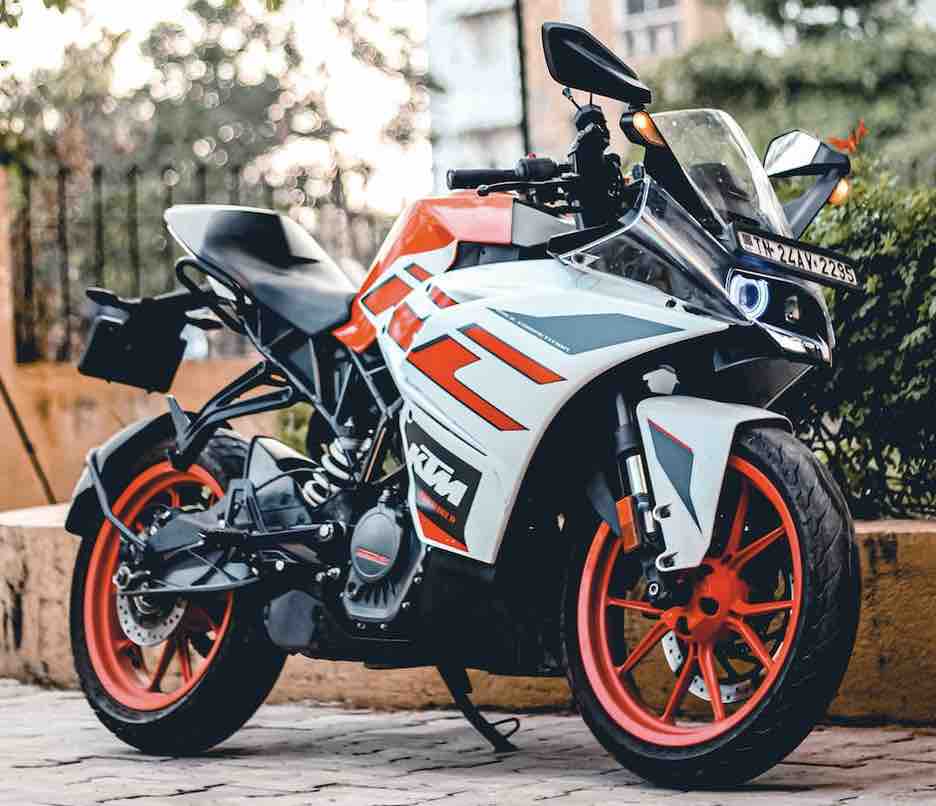
How to Hotwire an ATV
In this section, we will be looking at how to hotwire an ATV. The simple goal of this section is to teach you how to easily bypass the ignition switch on most ATV models and start the engine. You only need to follow the few steps stated below:
- The first and most important step is to locate the necessary wires. The first one to look out for is the 12V DC battery wire. While the wire might come in different colors, you can pick the right color by tracing it to the main fuse.
- The next step is to find and identify the kill switch wire. When you find this wire, you must also identify its twin wire in the ignition switch wiring harness. In most cases, you find that the wire is colored green.
- The next important wire you need to look out for is the kill switch wire. This wire can be easily found in your CDI connector within the wiring harness. As for the color, this wire is usually black and has white stripes.
- After identifying the necessary wires, you next need to disconnect and spread them apart to prevent them from shorting. Then connect the selected wires with tape to start the engine and keep it running.
To turn off your engine, you need to disconnect the wires when you have reached your destination.
How to Protect Your Bike from Hotwiring
With all this above information on hotwiring, this article will not be complete without telling you how to protect your bike from being stolen. Here are some precautions you may take if you’re concerned about something or someone stealing your motorcycle:
1. Get a bike lock
You could use several locks to lock your motorcycle; locking isn’t just for motorcycles with pedals. Several even lock your tires, making it impossible for someone to steal your bike without a battle. These locks are made to lock similar to a pedal bicycle.
2. Leave your bike in safe areas
You will only be asking for trouble if you leave your motorcycle parked on the street in a risky area. Try to leave your bike in locations that have been proven to be safe. You can also talk with your estate manager; they might be able to increase the security of your environment.
3. Use a proximity alarm
In certain towns, using these alarms may be inconvenient and even illegal. Before getting any of these alarms, you need to be sure to research the regulations there.
Installing an alarm that activates when someone approaches too closely to your motorcycle can help deter theft if you believe it to be a target. Since the alarm can go off more frequently than you would like, I would only advise implementing this if you have access to a driveway or parking space.
How to Prevent Your Keys from Being Lost
We can only take precautions because you can lose a key at anytime. Losing your motorcycle key might leave you stranded in the middle of nowhere and facing steep costs for replacement keys.
Here are some suggestions to help you avoid losing your key in the first place:
- Consider obtaining a backup key before you misplace the original one. Having a reputable locksmith company within reach is a good idea.
- Keep all your important information written down and in a secure location, such as the VIN of your bike. You can never predict when you’ll require a new key.
- Another option is to keep a spare with a family member or trusted acquaintance. When driving, you can also keep a spare in a secure area where you can easily remember.
With the above methods at your disposal, you can conduct yourself better even after you misplace your key.
Conclusion
Misplacing your key can be quite inconvenient, however, with the details we have shared in this article, you will be able to fair better. We also hope you can keep your bike safe from thieves with the few tips we have laid out so far.
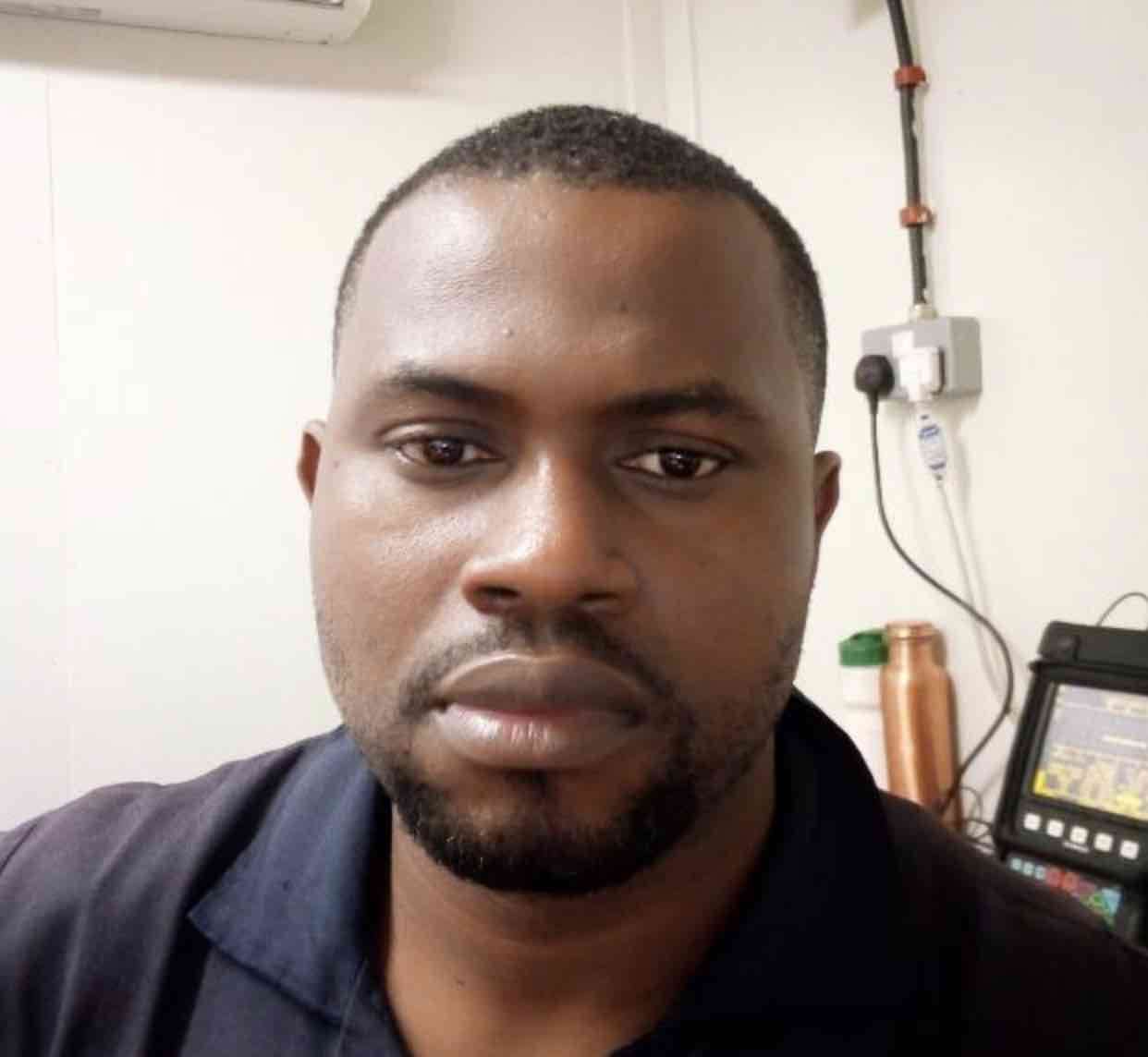
Uchenna is a Radiographer and Auto parts mechanic who recently got his automotive diploma as an auto repair technician, and since then, has worked on fixing various car problems.
Working as just a radiographer, Uchenna didn’t just get all the fulfillment he desired, because he truly loved doing things tilted toward cars. As a kid, he would take apart his toy cars to see how they worked and would spend hours tinkering with his bike.
So, in 2017 he made the tough decision to become an auto mechanic. He threw himself into his studies and now loves every aspect of what he does.
He gets to work with his hands, solving problems and bringing cars back to life, and sharing his knowledge and easy quick-fix guide online are all part of what makes him feel fulfilled.

